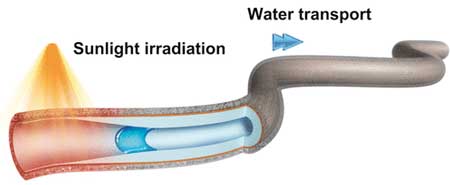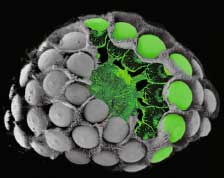
Monday, December 31, 2018
Ultrathin digital camera inspired by Xenos peckii eyes
Friday, December 28, 2018
Researchers explore the prospects for creating photonic integrated circuits
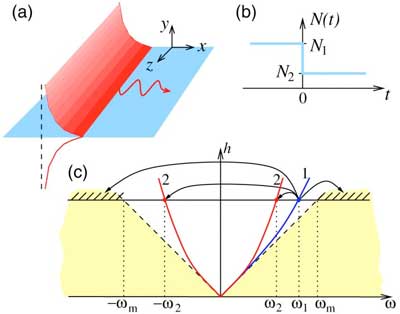
Give it the plasma treatment: Strong adhesion without adhesives

Metamaterials lead the way to treatments by travelling through 'innerspace'
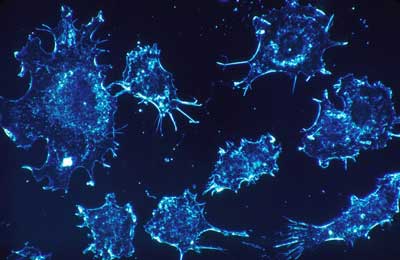
Thursday, December 27, 2018
Electronics of the future: A new energy-efficient mechanism using the Rashba effect

Silver nanowires promise more comfortable smart textiles
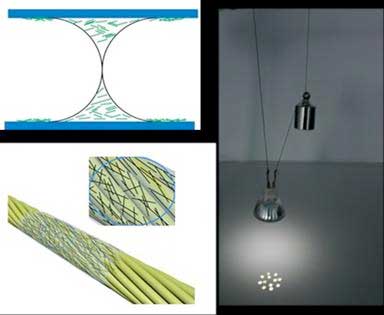
Nano-magnets reduce energy consumption of MRAM and AI hardware
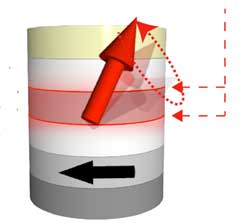
Illuminating nanoparticle growth with X-rays
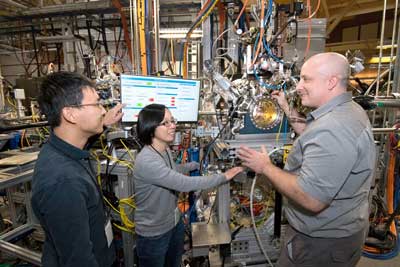
Friday, December 21, 2018
Researchers monitor electron behavior during chemical reactions for the first time
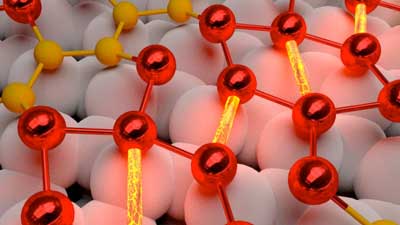
Quantum tricks to unveil the secrets of topological materials
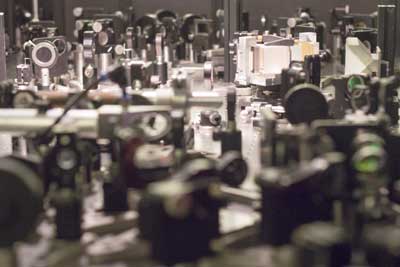
Strong interactions produce a dance between light and sound
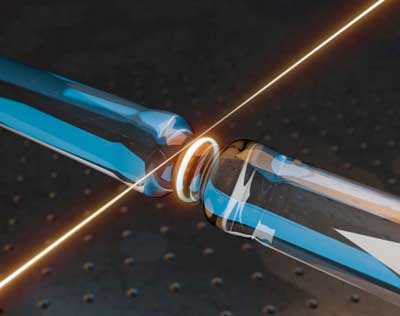
New T-wave detector uses waves of the electronic sea in graphene
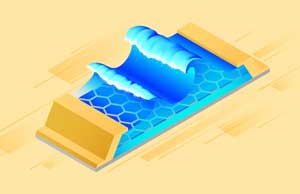
Thursday, December 20, 2018
Discovery could lead to munitions that go further, much faster
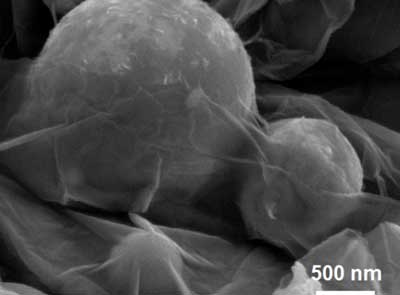
Researchers make world's smallest tic-tac-toe game board with DNA
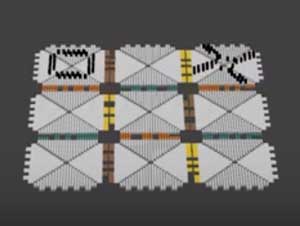
Bacteria-based drug delivery system that outperforms conventional methods
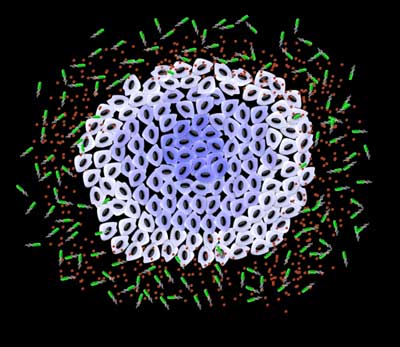
Scientists use magnetic defects to achieve electromagnetic wave breakthrough
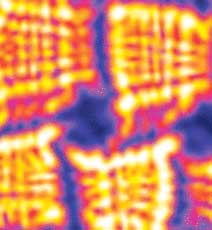
One of the world's fastest cameras films motion of electrons
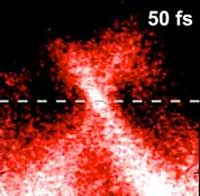
Creating nanoscale patterns at record resolution: An instructional video
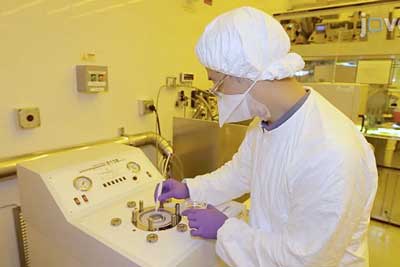
Mighty morphing materials take complex shapes
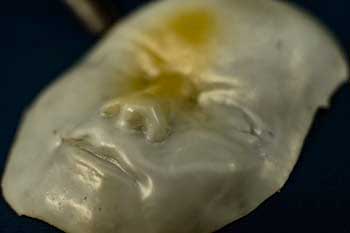
Scientists find nanoparticles with peculiar chemical composition
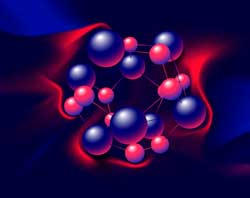
Using 3D printing to fabricate shape-conformable batteries

Wednesday, December 19, 2018
DARPA seeks new materials architectures to cool hypersonic vehicles

Researchers develop a new type of hyperbolic metamaterial
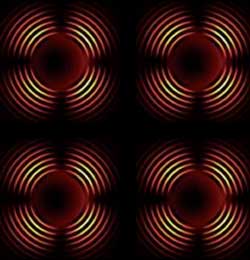
Development of MEMS sensor chip equipped with ultra-high quality diamond cantilevers
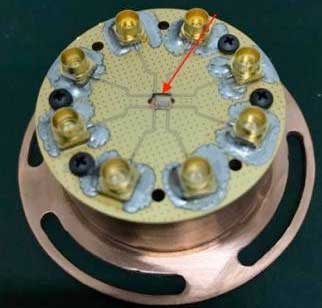
Study on low noise, high-performance transistors may bring innovations in electronics
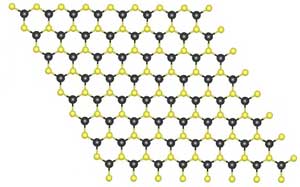
DFT study on the electronic and magnetic properties of triangular graphene antidot lattices
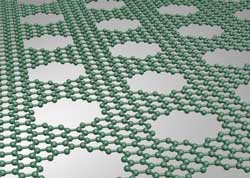
Once unstuck, boron nitride nanotubes show promise
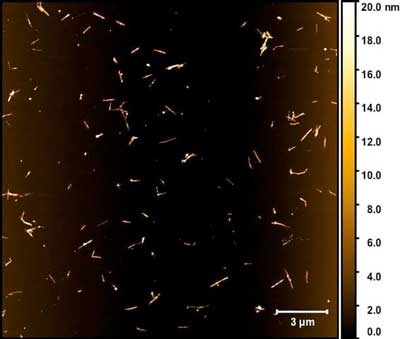
E-bandage generates electricity, speeds wound healing in rats
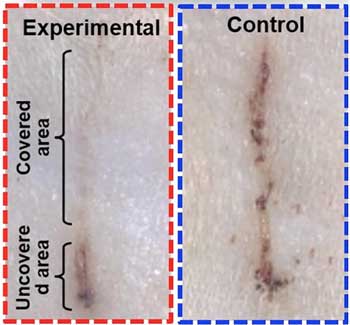
Plastic waste disintegrates into nanoparticles, study finds

Tuesday, December 18, 2018
Carbon nanopowder could help cut CO2 emissions
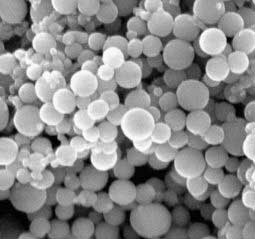
Assessing the promise of gallium oxide as an ultrawide bandgap semiconductor
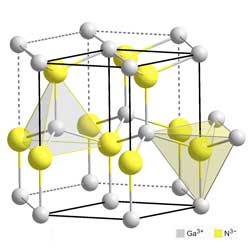
Disordered crystals are promising for future battery technology
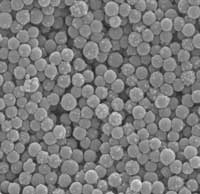
Highly scalable process to obtain stable 2D nanosheet dispersion

Magnetoresistance ratio enhancement in Heusler-based alloy opens the door to highly sensitive magnetic field sensors
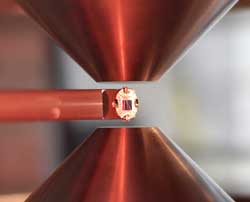
Natural nanofibres made of cellulose
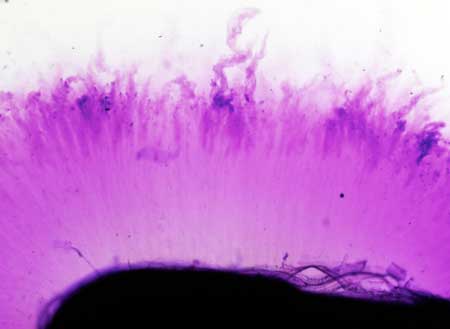
Carbon nanotubes mime biology
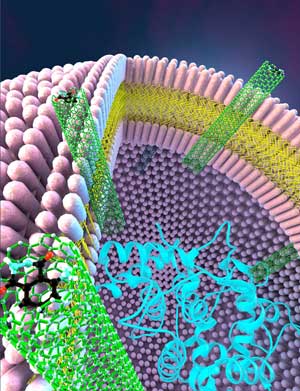
New megalibrary approach proves useful for the rapid discovery of new nanomaterials
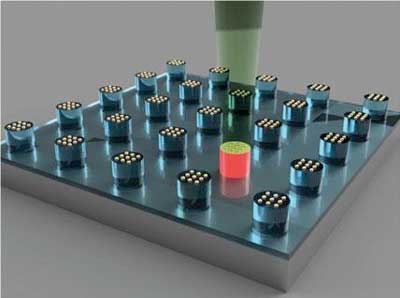
Machine-learning research unlocking molecular cages' energy-saving potential
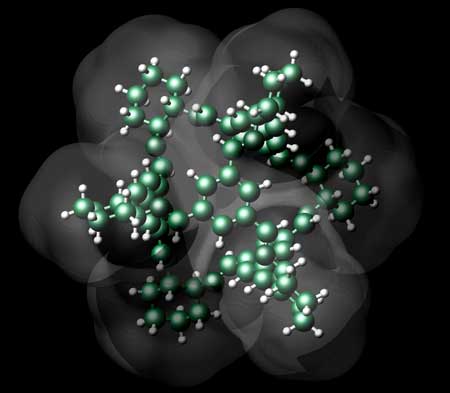
Scientists develop a new method to revolutionise graphene printed electronics

Technique allows integration of single-crystal hybrid perovskites into electronics
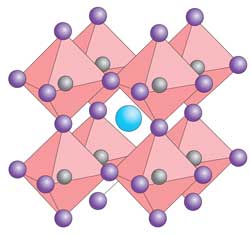
Graphene's magic is in the defects
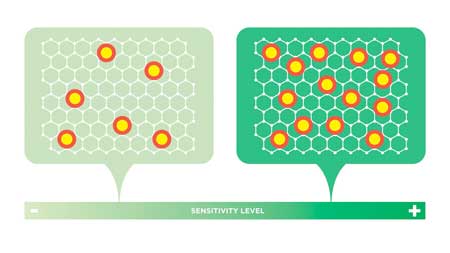
Monday, December 17, 2018
Pressure tuned magnetism paves the way for novel electronic devices
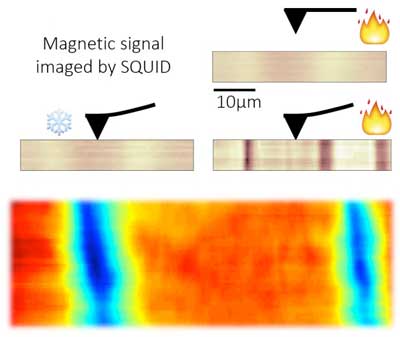
Researchers observe charge-stripe crystal phase in an insulating cuprate
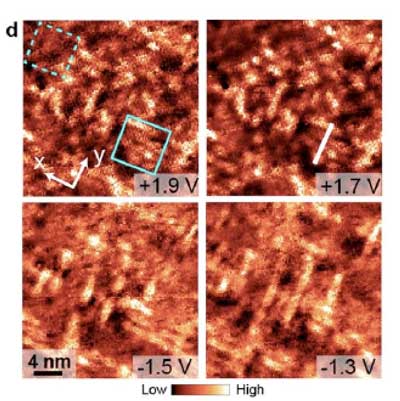
Imperfections make photons perfect for quantum computing
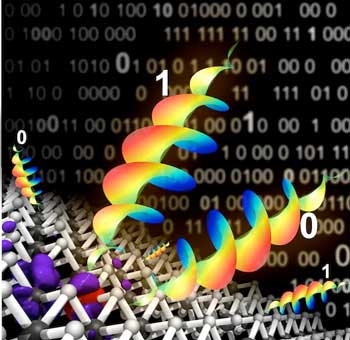
Scientists design new metamaterial to harness power of light
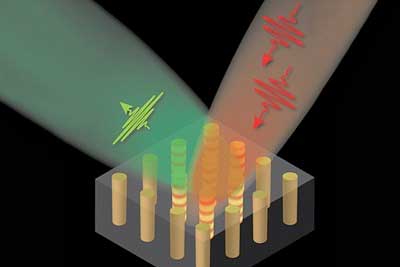
Toward brain-like computing: New memristor better mimics synapses
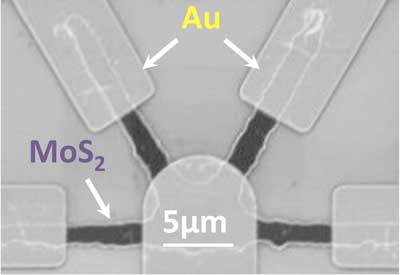
Switch-in-a-cell electrifies life
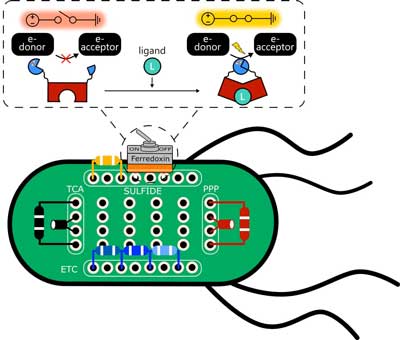
Data storage using individual molecules
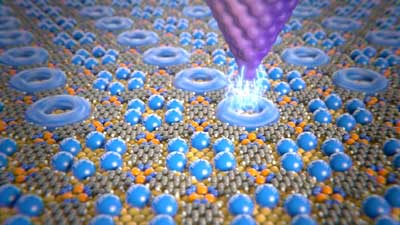
New type of low-energy nanolaser that shines in all directions
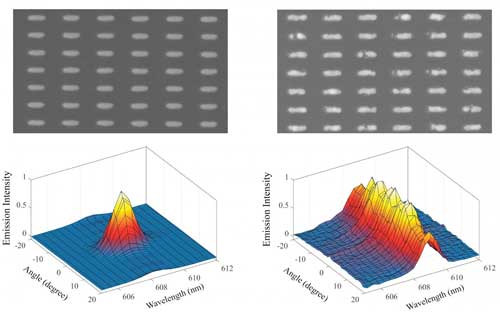
Subscribe to:
Posts (Atom)

